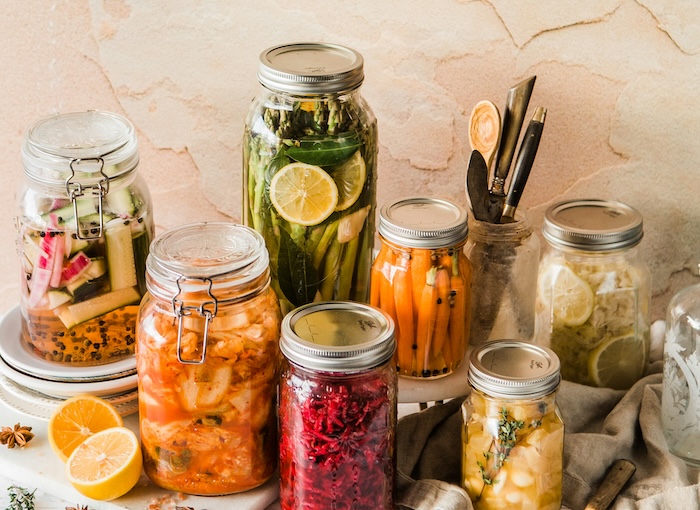Histamine might be best known for its role in allergies, but its influence in the body goes far beyond seasonal symptoms. This naturally occurring compound affects everything from digestion to immune defense—and when it’s out of balance, it can fuel inflammation and trigger a cascade of symptoms. Understanding what histamine is, how it works, and why some people react poorly to it is the first step toward progress.
What Is It?
Histamine is a natural chemical messenger your body uses for several important functions, from regulating digestion to defending against infections. It’s stored in immune cells and released when your body detects a threat—helping you respond quickly to injury or illness.
When It Becomes a Problem
While short bursts of histamine are protective, consistently high levels can backfire. This happens when your body either produces too much histamine or struggles to break it down. The result? Persistent inflammation and symptoms that can seem unrelated—like headaches, digestive distress, skin rashes, fatigue, or brain fog.
When histamine binds to specific receptors, it widens blood vessels, allowing immune cells to flood an area. This is useful in emergencies but damaging if it happens too often. Chronic histamine release can fuel ongoing inflammation, putting stress on joints, skin, the gut, and even the brain.
Where It's Hiding
Some foods naturally contain high levels of histamine, while others encourage the body to release it. Common sources include:
- Aged cheeses, cured meats, smoked fish
- Fermented foods like sauerkraut, soy sauce, vinegar
- Alcoholic drinks, especially wine and beer
- Certain vegetables like tomatoes, spinach, eggplant
- Leftover or long-stored foods
How to Limit It
A low-histamine diet focuses on fresh, minimally processed foods. Many people find relief by eating fresh meat or fish, non-citrus fruits, most fresh vegetables, gluten-free grains, and cooking meals just before eating.
Not everyone needs to avoid high-histamine foods, but for those with histamine intolerance, migraines, or unexplained chronic inflammation, it can be a powerful tool. Pairing dietary changes with gut support and nutrient replenishment—under the guidance of a healthcare professional—can help restore balance.
Cover Photo by Brooke Lark










